The art of storytelling is rapidly shaping the customer relations space and creating new challenges to ensure that the interest of the audience is captured. Incorporating storytelling in event management is an evolving phenomenon; nonetheless, the potential is huge.
On the other hand, events are fast shifting from just being for marketing and celebration to a magnificent tool of engagement, inspiration, and influence for behavioural change, especially for NGOs. As such, innovative ideas are being sought and initiated to drive storytelling
So in this post, we will explore the effectiveness of this tool as a driver of better event outcomes.
Let us start by explaining three crucial factors you will encounter in storytelling:
Table of Contents
Explaining three crucial terms in storytelling
What are ‘outcomes’ in event management?
Outcomes in event management refer to the desired results or achievements that event organizers aim to accomplish through their events. Depending on the event’s nature and the organizer’s objectives, the specific results may differ.
What is storytelling in event management?
Let me define storytelling in event management as the incorporation of a deliberate, crafted story in the design of an event for a particular set outcome. It involves a deliberate effort to connect emotionally with the audience to attract their full attention, interest, desire, and action
What is an event narrative?
Simply put, it is a structured and well-organized storyline or script that directs the course and informational content of an event. It is a step-by-step strategy for event design that gives attendees a sense of direction and growth.
Having said this, let us explore this tool called storytelling.
How to choose a story to tell or craft
To choose the story to tell, the event’s objective must be the driving force; it is the reason why the people are gathered in the first place, and you don’t want to miss the mark.
Another factor to consider is the nature of the audience or attendees you intend to host. You should have a good knowledge of what they love, especially their psychographics.
When these elements are thoroughly dissected, they will undoubtedly provide the essential juice with which the story will be crafted. This is because for the story to be effective, it must resonate with their personalities and peculiarities.
Proven Techniques for Including Storytelling in Event Design
Here are some tips on how to incorporate storytelling in event design
Recognizing your target audience and what will interest them
Your story must be told in a language that the audience can easily understand if you want it to be effective. This will easily help you know what appeals to them.
The strategy for engaging with audiences in event management has shifted away from what you want and toward what they want. So, to serve them the appropriate menu, you must first get to know them and their preferences..
Crafting an enticing and coherent event narrative
It is not enough to just know what your audience desires; it is a means to the next step, which is to craft an enticing event narrative.
The first step in creating an event narrative is to identify a clear and compelling theme or central message. It is on this premise that the entire event is built and directed. By combining various event components, such as sessions, activities, and performances, into a structured whole, the narrative should establish the setting and express key messages.
For instance, from the keynote speeches to the interactive workshops and networking opportunities, there must be a connection among them that contributes to the overall narrative
Balancing storytelling with practical event components
Another important tip you need to learn is the need to match the event narrative with other components of the events. It implies that every contact point with the attendees has to contribute to the event narrative or has to be used to tell the stories.
For instance, from the guest airport pick-up to the hotel accommodation, or from the registration point to seating arrangements to sound, lighting, and branding, these installations should be used to tell the same stories
Collaborating with vendors, planners and service providers
In a bid to ensure that there are no disruptions in the sequence of the story that is being told and seamless delivery of the experience, there is a crucial need for collaborations with vendors, planners, and service providers.
These are contact points that we talked about earlier, and it is important that they are built into the storyline. For instance, the vendor working on the décor or the ambience creator must be able to interpret the story or narrative
In conclusion, storytelling in event design and management has come to stay; event organisers can use this to create a long-lasting connection with their audiences’ emotions to get their attention, interest, desire and ultimately their actions



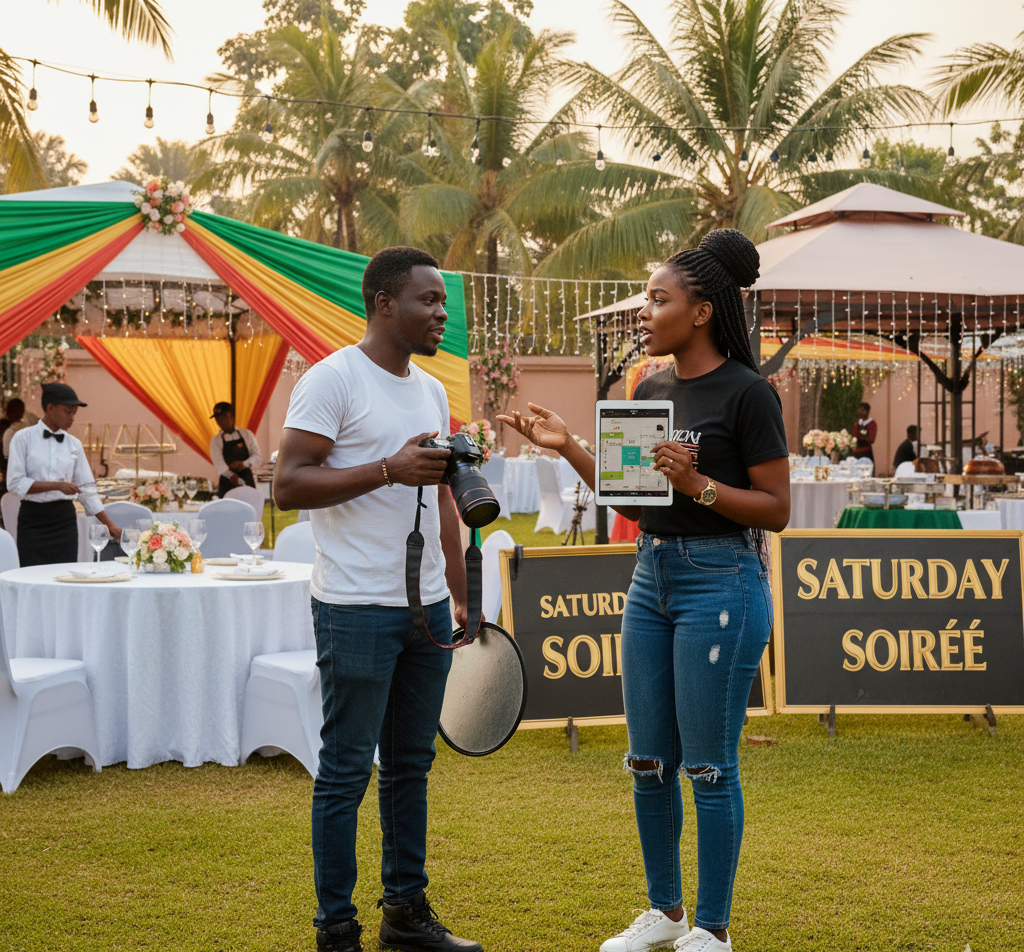
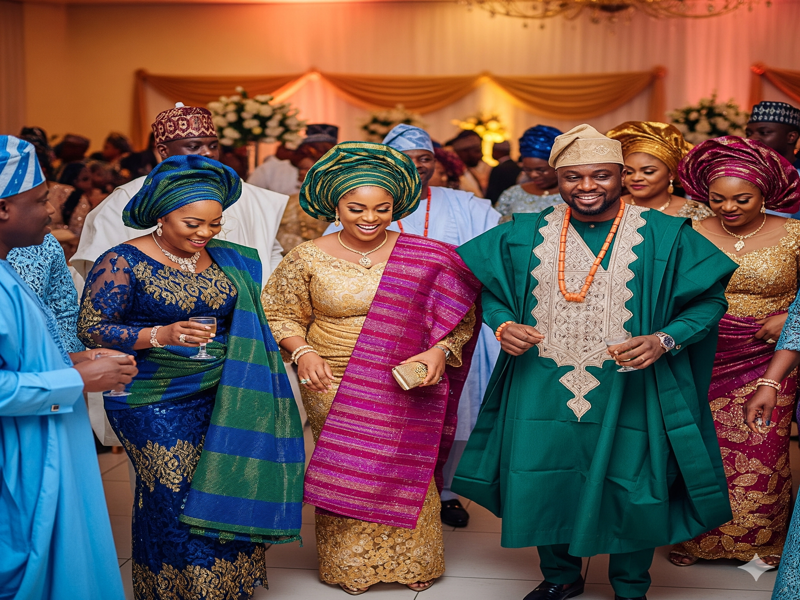




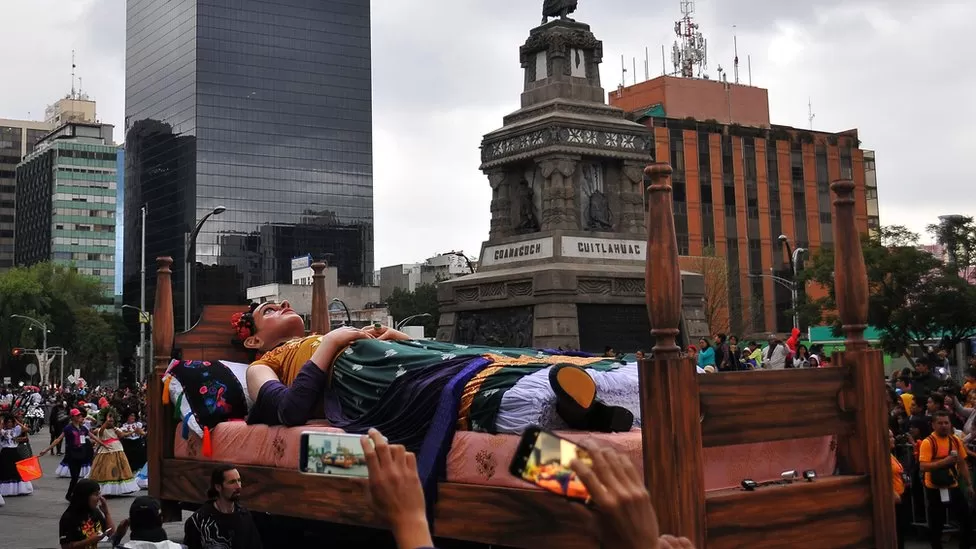
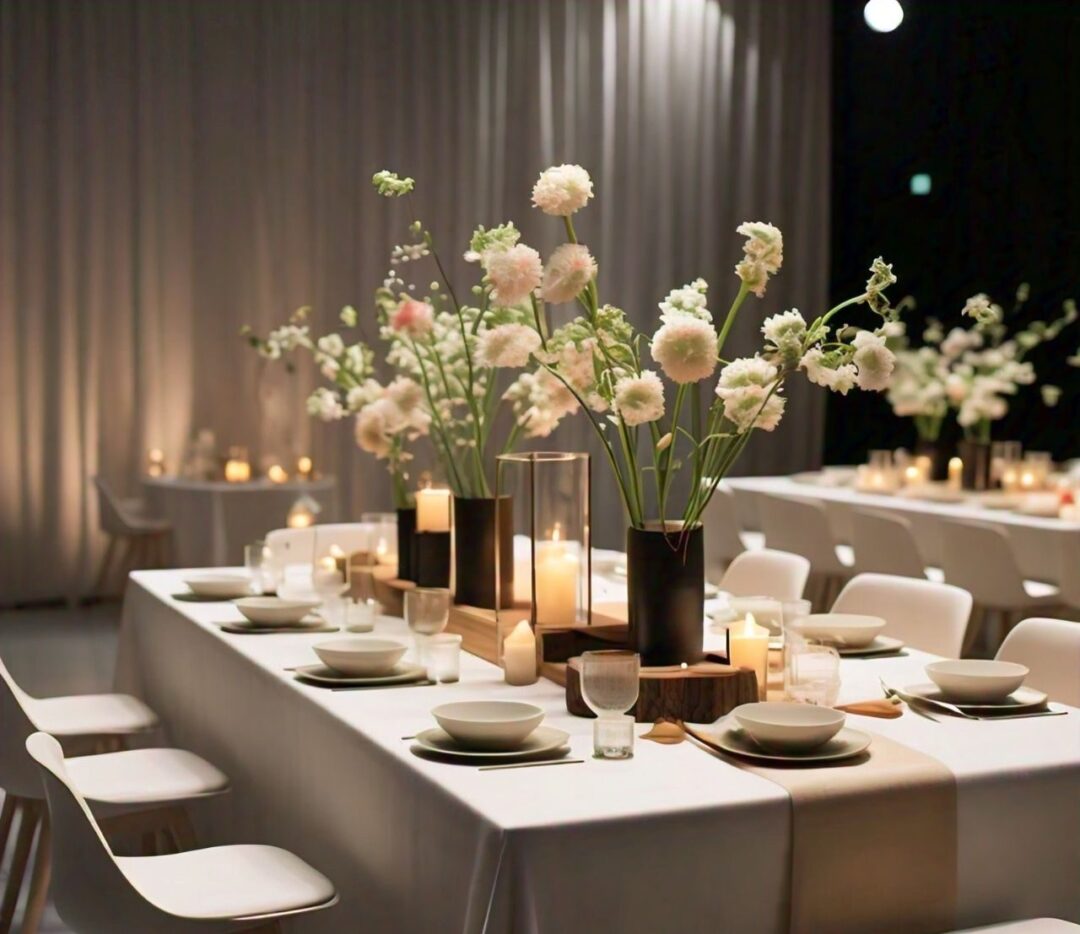
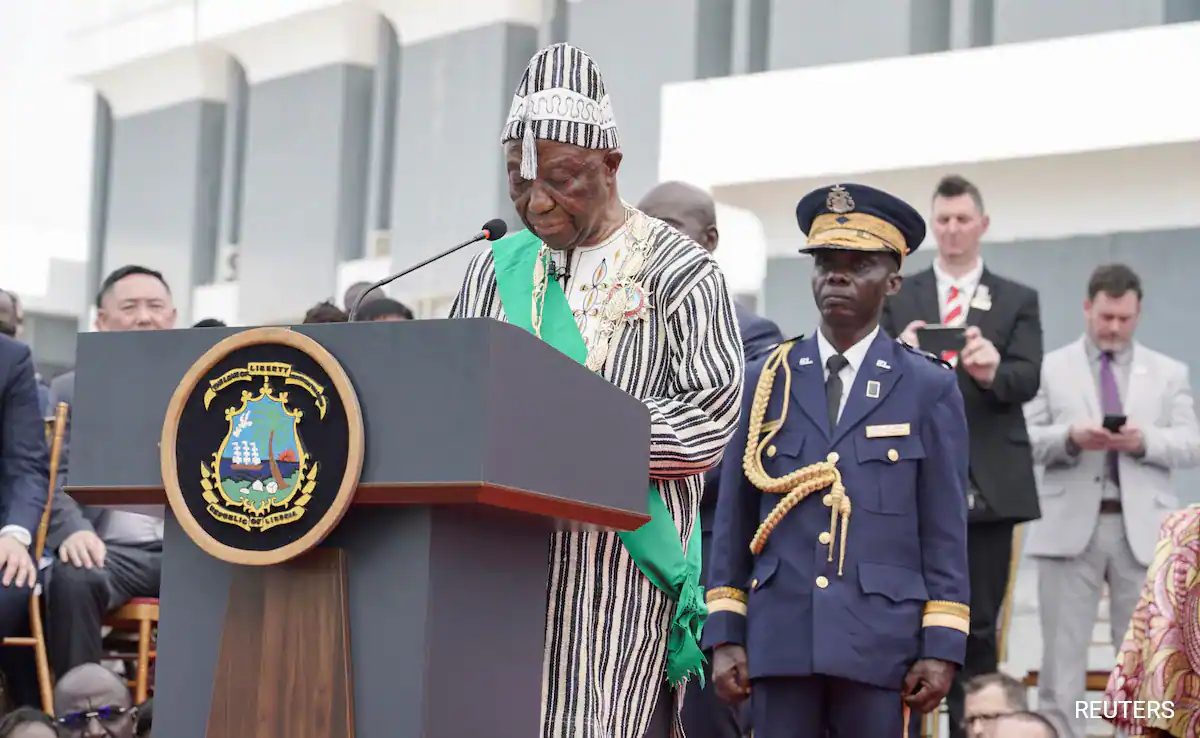
3 Comments
[…] How storytelling can be an effective tool to drive better outcomes in event management […]
[…] photography has not only proven to be a powerful tool for telling event stories but has also stood as one of the most effective tools for transferring memories and cherished […]
[…] uneasy because it entails using a trusted option that delivers results. Creative strategies such as storytelling and experiential marketing are very good options to be considered. These options capture the […]